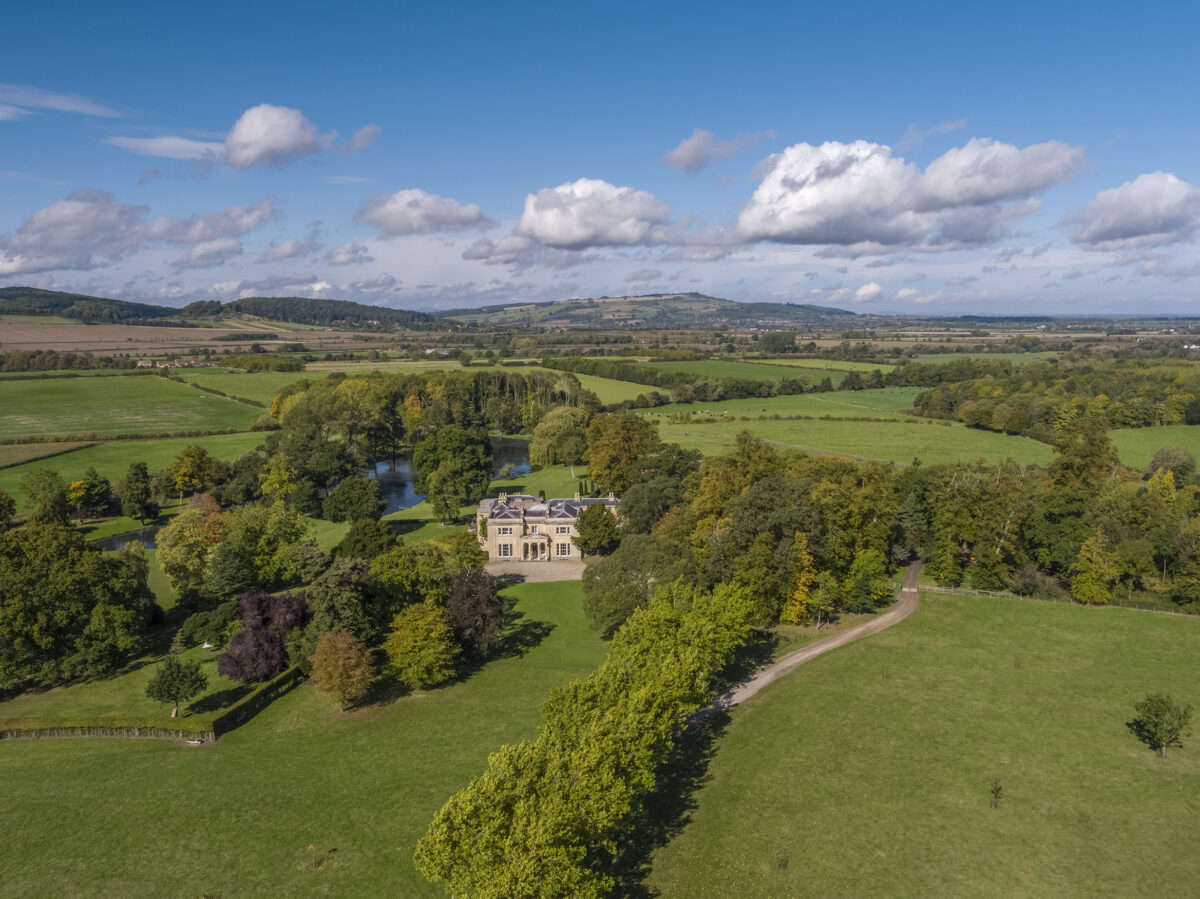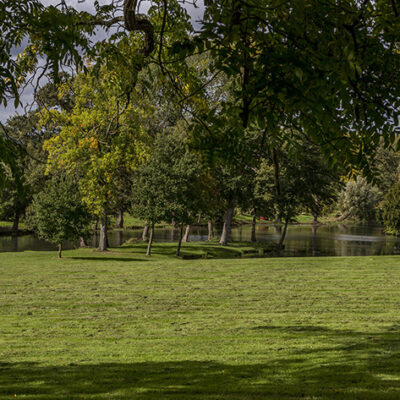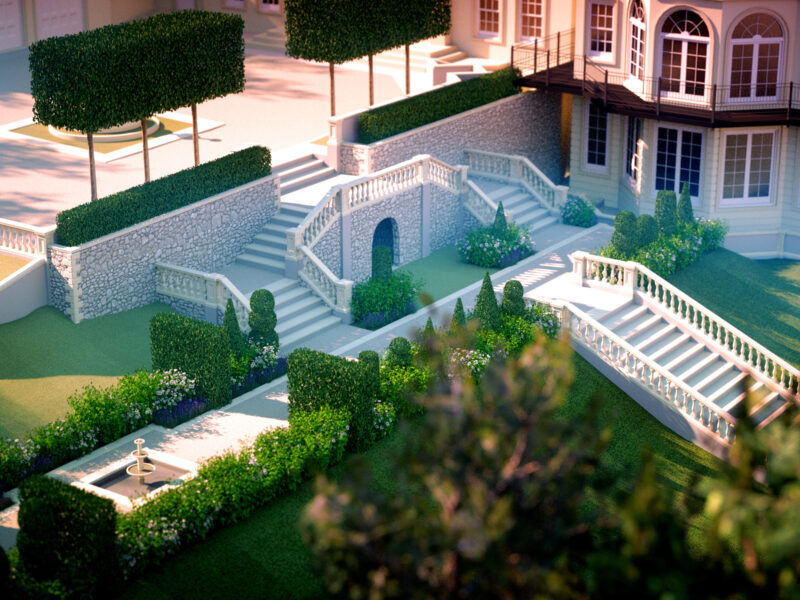Wormington Grange, Gloucestershire

A Stunning Cotswold Country House Garden
Straddling the borders of Gloucestershire and Worcestershire is one of the Cotswold’s hidden gems: Wormington Grange, a Grade ll* listed Cotswold country house garden that has remained relatively untouched since the early 1900s. The new owner is painstakingly returning the house and grounds to its former glory with an extensive three year restoration programme.
Tom was drafted in early on to be part of the overall design team, including prestigious Yiangou Architects and eminent landscape historian Dr Kate Feluś. Together, they successfully gained planning consent to restore the neglected country house garden, lake and grounds back to a parkland setting that not only works today in terms of more ecologically sound practices but also befitting the Regency and Georgian styles of the main house.
A LiDAR survey was commissioned as part of the design process to determine the whereabouts of the historical serpentine driveway as it spans archeologically sensitive ridge and furrow land. This will allow the removal of the incongruous modern driveway once all building works are complete. Historically accurate roundels of oak and lime have been re-planted in the parkland, replacing the inappropriate, closely spaced London plane avenue. The roundels will control the views of the house on approach with a final grand reveal rounding the last bend.
Tom recruited top head gardener, Martin Bevins and his experienced team, and together they have been implementing the design. To date they have planted over 6,000 native trees, restored the pleasure grounds and recently begun working on the newly designed shrubberies that flank the house.
Gloucestershire Gardens & Landscape Trust Journal June 2022
“Wormington Grange is a late Georgian house that has seen several phases of remodelling of the house, its ancillary buildings and its unlisted parkland setting. It is however, recognised by GGLT as being of local significance. Having recently changed hands, it is now subject to a very substantial restoration scheme, including the realignment of the access drive on to its original route, resolving the many modifications to the service area and its enclosure, and incorporating a revised garden and the facilities associated with contemporary living.
The proposals have been prepared by an experienced professional team backed by extensive research into the historic sequences of change. GGLT has welcomed this; and it has demonstrated the importance that I particularly attach to achieving a careful and creative layered approach to managing our historic and aesthetic heritage.”









